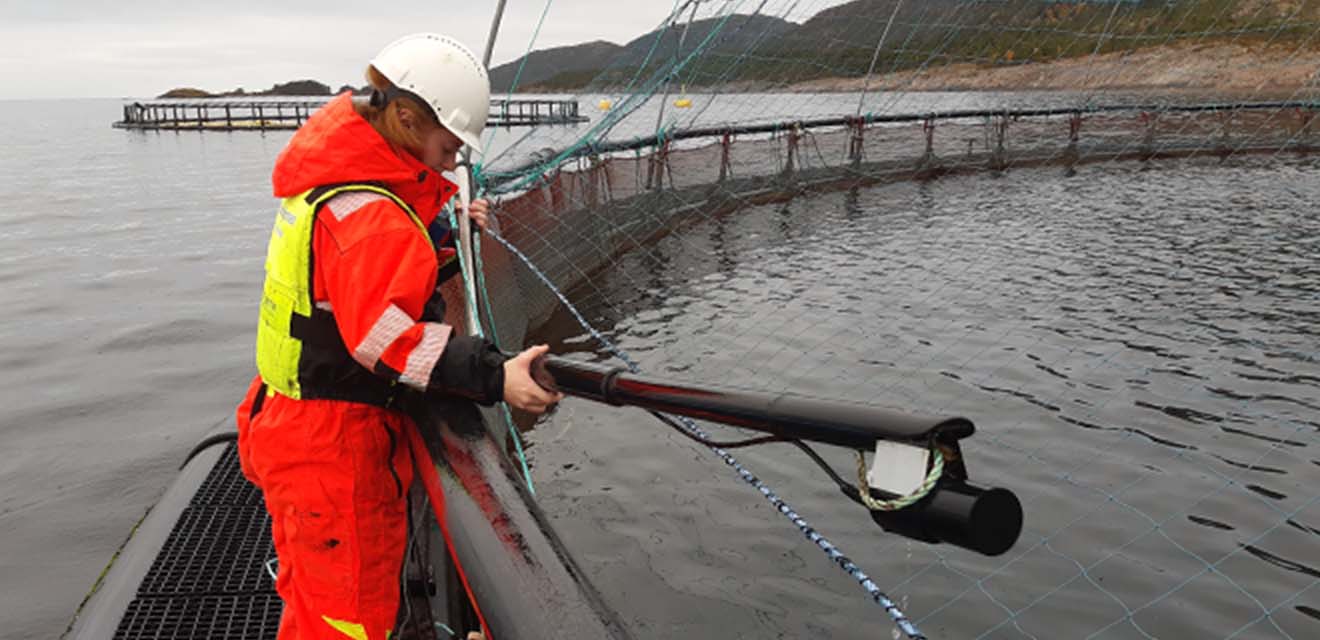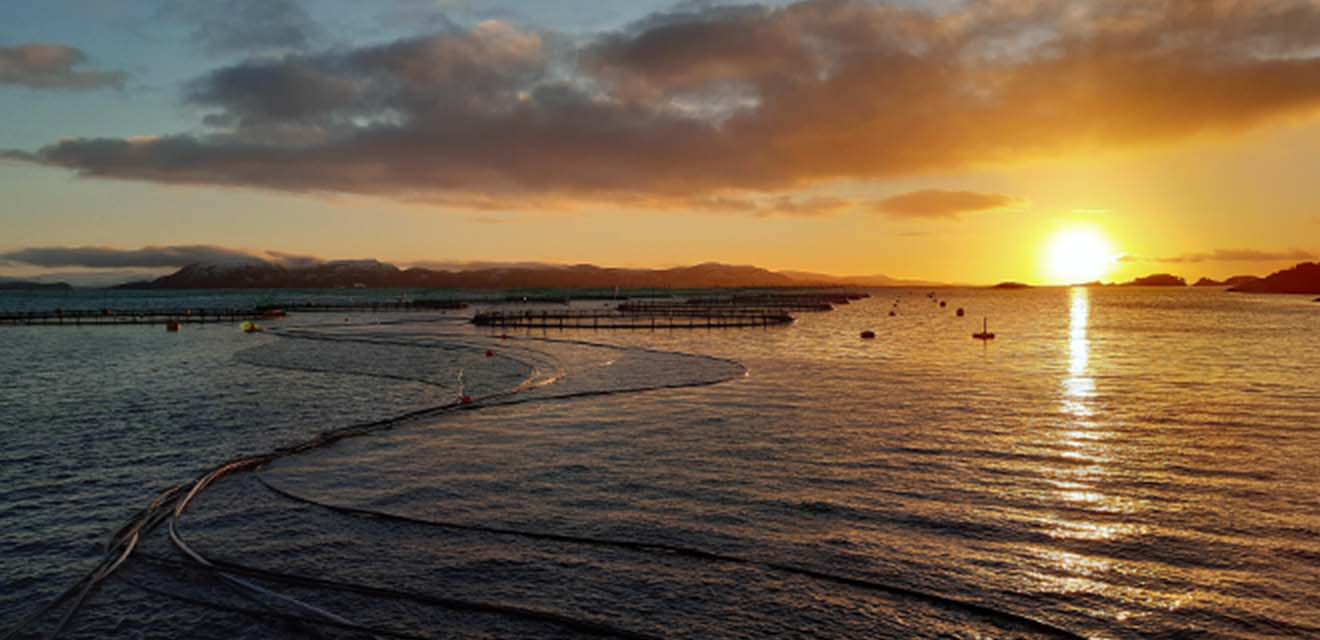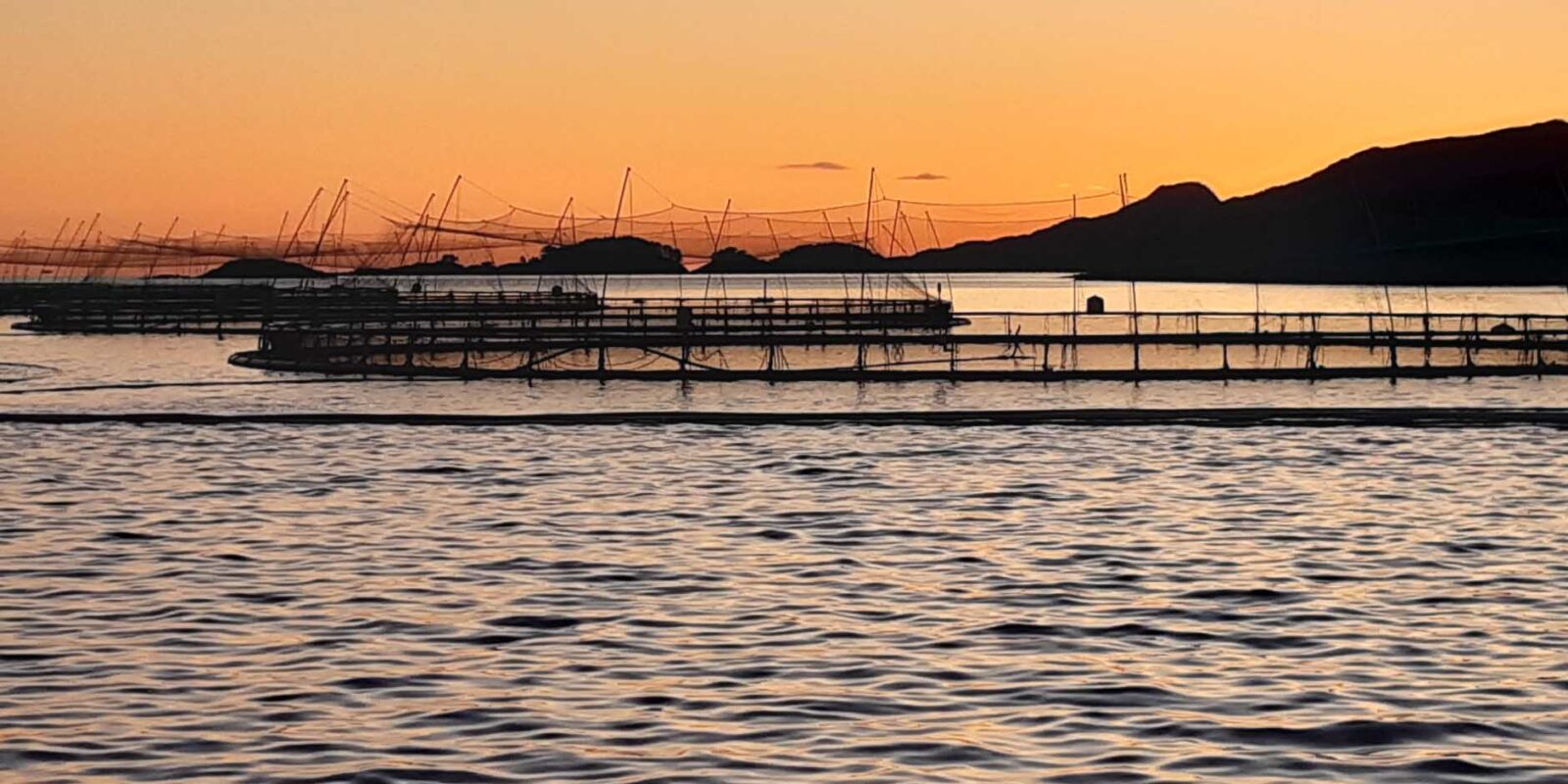Sea Lice are the most significant and widespread parasites in open sea aquaculture, causing health issues to cultured fish and a severe risk for the marine environment. The economic damage resulting from sea lice exceeds € 1 billion per year globally in reduced production and quality and pharmacological treatment costs. A European Consortium, coordinated by LG Sonic, started the LiceSonic Project to develop an environmentally-friendly solution to control sea lice in open finfish production.
Salmon farms are facing growing problems from sea lice. Severe outbreaks of sea lice in Norway and Scotland and a toxic algal bloom that hit Chile in early 2016 resulted in a global supply decline of 9 percent. The most common practice for targeting sea lice in fish farms is the use of bio-active treatment. However, regulations regarding pharmaceutical treatment become stricter, while sea lice are showing resistance to these treatments. In addition, health regulations in the European Union leads to further restriction of these substances, since residual amount leaks into the environment, where they often affect other marine life. Innovations in sea lice treatment are desperately needed, as the use of bioactive substances is becoming less effective and cannot be further increased as wild salmon populations and the ecosystem need protection. As global consumption of animal protein depends more on fish as a resource, a radical new approach to healthy fish farming is strongly needed.

Specific ultrasonic sound waves are proven effective to control micro-organisms, such as algae and biofouling. However, ultrasound solutions have never been developed specifically to abate sea lice in open sea environments. The objective of the consortium is to develop a system that targets sea lice when they are present in the facility, by combining ultrasound technology with fish and water quality monitoring. A first feasibility study has proven ultrasound technology can reduce up to 60% of sea lice attached to salmon. The ultrasonic frequencies cause no disturbance to the salmon and allows them to move about in their cages without stress. As opposed to current treatments, sea lice will develop no resistance to the LiceSonic system, since different frequencies of ultrasonic waves can be used.
LiceSonic is a Eurostars project coordinated by LG Sonic. Eurostars is co-funded by Eureka Member Countries and European Union Horizon 2020 Framework Programme. The other two consortium partners are the Romanian data and software company, Control Data Systems SRL, and Sonic Norway AS, which will be responsible for the exploitation of the ultrasonic solution to the salmon farming industry in Norway, Scotland, and the Faroe Islands. The project officially started at the first of May 2017 and will take 30-months.

For the last 10 years, LG Sonic has been focusing on algae and biofouling control using ultrasonic technology. Their experience in R&D and successful market penetration and product exploitation has been shown in the successful execution of different European Funded (FP7) projects of which LG Sonic has been the coordinator (Clearwater-PMPC, DRONIC) or participated as a collaborator (CHEM-FREE (FP6), FISH-CWUS (EUREKA), Raak-MKB).
